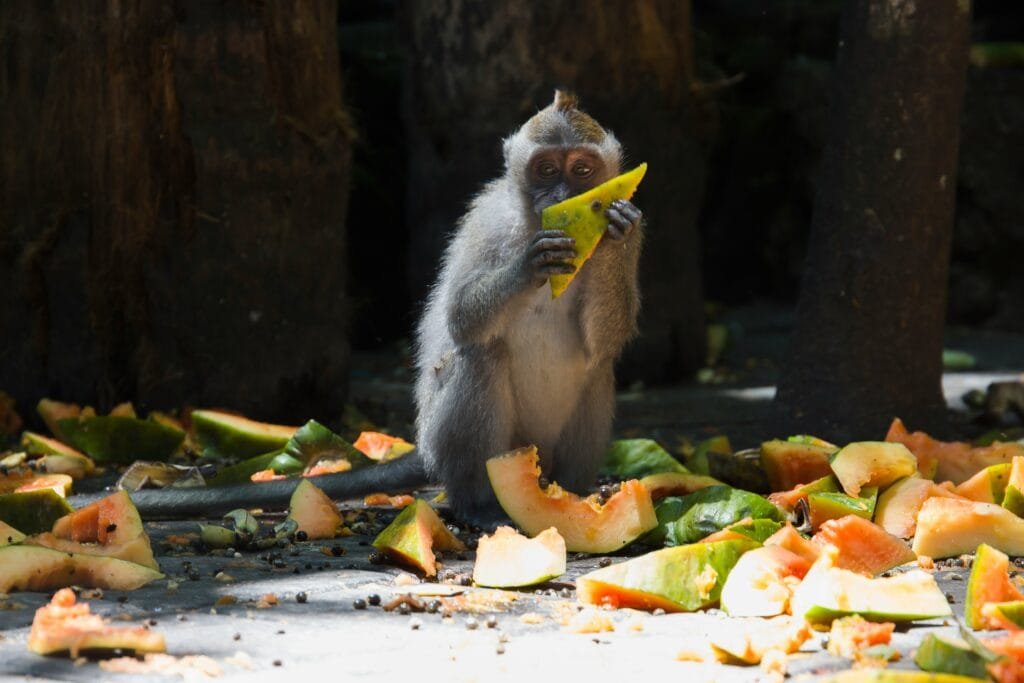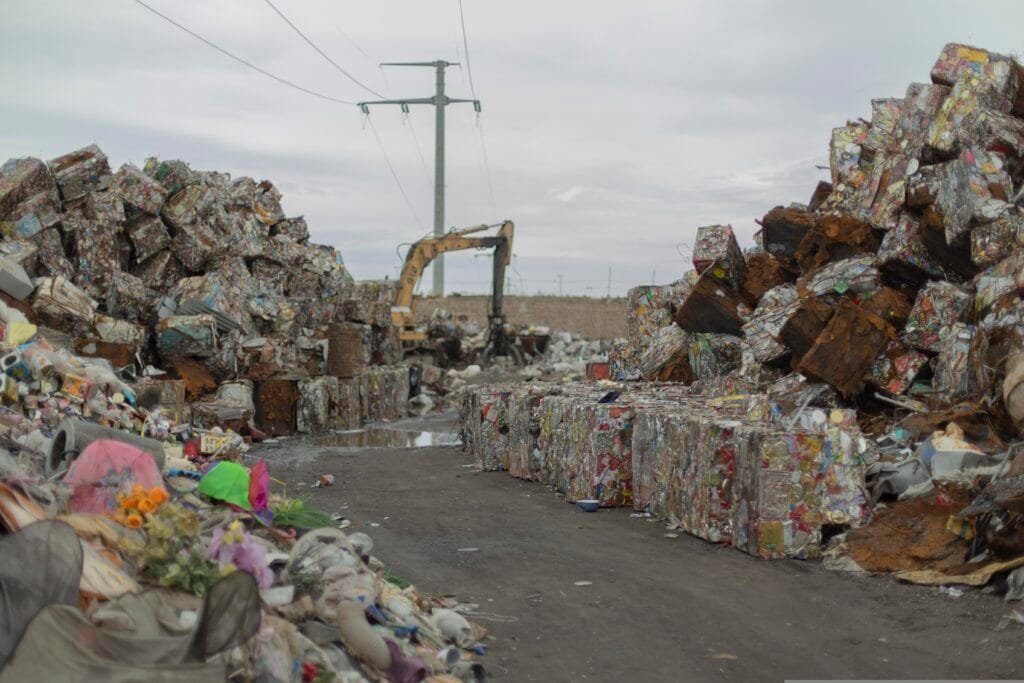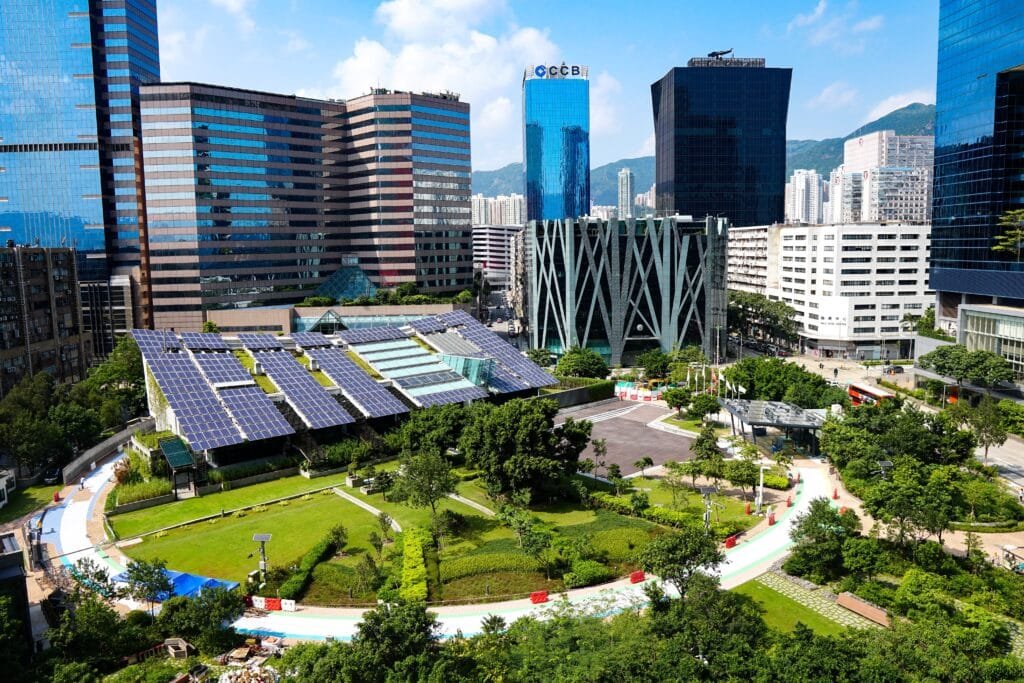“Transforming Food Waste into Solutions: A Pathway to Sustainable Impact”
Food waste is a significant environmental, economic, and social challenge. According to the United Nations Environment Programme (UNEP), approximately one-third of all food produced for human consumption is lost or wasted globally each year, amounting to about 1.3 billion tonnes.unep.org Current State of Food Waste Statistics and Facts Causes of Food Waste Consequences of Food […]
“Transforming Food Waste into Solutions: A Pathway to Sustainable Impact” Read More »










